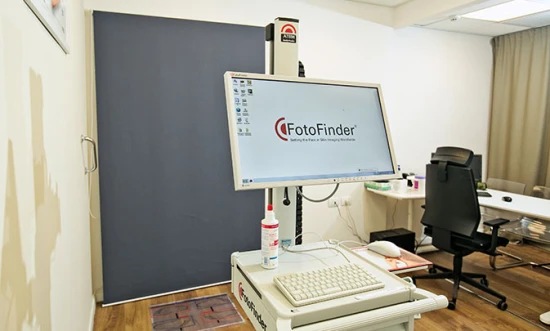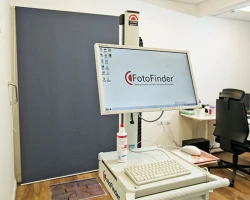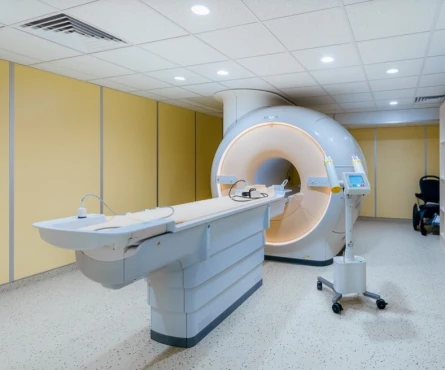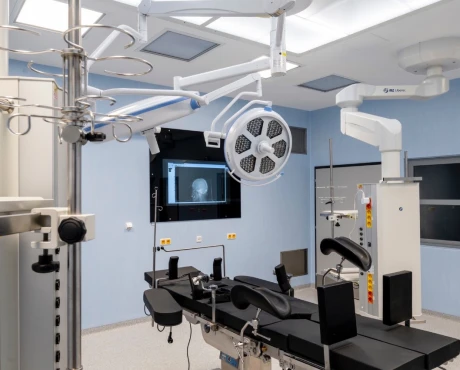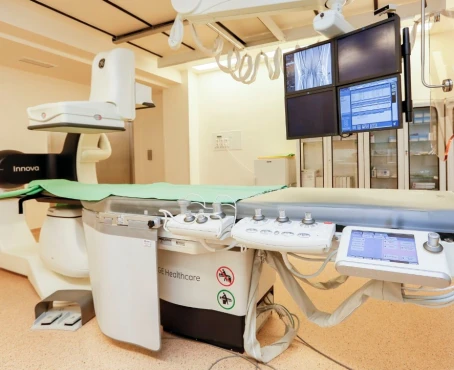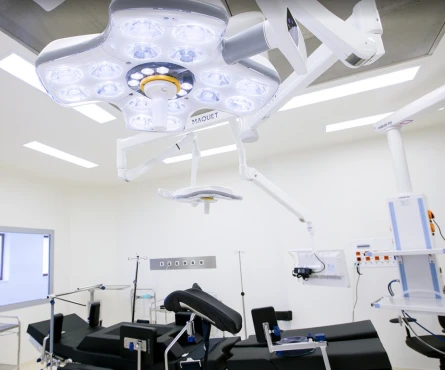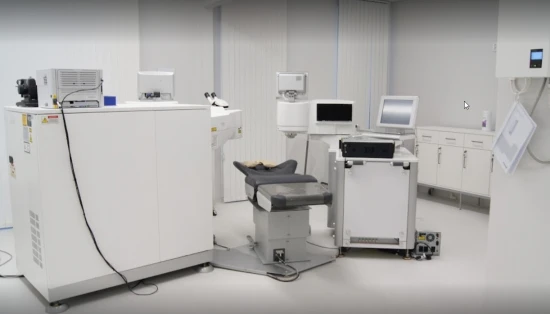Diseases Types & Epidemiology
How common are the autoimmune diseases?
Autoimmune diseases are a group of conditions where the immune system mistakenly attacks the body's tissues. Over 80 distinct autoimmune diseases have been identified, affecting approximately 5-8% of the global population. In many cases, these conditions are more common in women, with a female-to-male ratio of about 3:1. There are 80 to 100 discovered autoimmune diseases at this moment. The most prevalent them include psoriasis, alopecia areata, vitiligo, type 1 diabetes (T1DM), celiac disease, ulcerative colitis, multiple sclerosis (MS), Crohn's disease, seropositive rheumatoid arthritis (RA), ankylosing spondylitis, primary biliary cirrhosis, systemic lupus erythematosus (SLE), Behçet's disease, primary Sjögren's syndrome, systemic sclerosis, and myositis. In the United States alone, nearly 50 million people have at least one autoimmune condition [AARDA, 2024].
Autoimmune disorders can be categorized based on the affected site, falling into three groups: systemic, organ-specific, and hemolytic. Systemic or non-organ-specific autoimmune diseases affect major organs like the brain, heart, liver, and kidney, causing the accumulation of immune complexes in tissues. Examples include systemic lupus erythematosus and rheumatoid arthritis. Organ-specific autoimmune diseases target a particular organ due to autoantibodies, such as Hashimoto's thyroiditis, Myasthenia Gravis, and type 1 diabetes. Hemolytic autoimmune diseases produce autoantibodies against self-blood components, leading to their destruction, as seen in autoimmune hemolytic anemia and leukopenia [British Society for Immunology, 2024].
Causes & Risk Factors
What is the primary issue of autoimmune diseases?
The fundamental issue underlying autoimmune diseases is a breakdown in the body's ability to distinguish between its healthy tissues and foreign invaders. This loss of immune tolerance leads to the immune system mistakenly attacking the body's cells and organs, causing significant tissue damage. While the precise causes of this phenomenon remain elusive, it appears to involve a complex interplay of genetic, environmental, and hormonal factors.
One mechanism by which autoimmunity can be triggered is through the innate immune system's response to pathogen-associated molecules. When the body's Toll-like receptors recognize these molecular patterns, they can activate an inflammatory cascade, leading the immune system to mount a response against both foreign and self-antigens. This aberrant reaction can ultimately result in the development of various autoimmune diseases.
Numerous risk factors have been identified that can increase an individual's susceptibility to autoimmune conditions. These include a family history of autoimmune disorders, exposure to certain infections, environmental toxins, and hormonal imbalances. For instance, the HLA-DRB1 gene variant is strongly associated with an elevated risk of developing rheumatoid arthritis, while specific HLA alleles are linked to an increased likelihood of type 1 diabetes. Additionally, environmental factors, such as smoking, can further elevate the risk of rheumatoid arthritis by up to 40%.
Moreover, specific pathogens, including cytomegalovirus, Epstein-Barr virus, Helicobacter pylori, and Rubella, have been implicated in triggering immune responses that can contribute to the development of conditions like systemic lupus erythematosus, rheumatoid arthritis, multiple sclerosis, and type 1 diabetes (T1DM). Interestingly, some autoimmune disorders, such as SLE, vasculitis, vitiligo, and alopecia areata, have also been observed to have potential complications associated with the SARS-CoV vaccines.
Clinical Manifestation & Symptoms
What signs should one anticipate while suspecting autoimmune diseases?
Autoimmune diseases can manifest in diverse symptoms, often depending on the specific organs or systems affected.
Everyday experiences may include persistent fatigue, joint discomfort, skin rashes, and condition-specific issues. For instance, the autoimmune skin disorder psoriasis typically presents with flaky, scaly skin patches, while elevated blood sugar levels characterize type 1 diabetes.
Neurological symptoms like muscle weakness and coordination difficulties are hallmarks of multiple sclerosis. More systemic conditions, such as systemic lupus erythematosus, can impact numerous organs concurrently, leading to diverse symptoms, including kidney dysfunction, joint pain, and skin rashes.
Overall, the clinical presentation of autoimmune diseases can be quite varied and complex, underscoring the importance of careful diagnosis and personalized treatment approaches.
Diagnostic Route & Screening
When, where, and how should autoimmune diseases be detected?
Diagnosing autoimmune diseases is a comprehensive process that combines thorough clinical evaluation, extensive laboratory testing, and advanced imaging studies.
Key diagnostic markers include antinuclear antibodies to identify systemic lupus erythematosus, anti-tissue transglutaminase antibodies for celiac disease, rheumatoid factor, and anti-cyclic citrullinated peptide for rheumatoid arthritis, and antinuclear cytoplasmic antibodies for conditions like vasculitis.
Imaging techniques such as MRI or ultrasound are often necessary to assess organ involvement, particularly in diseases like multiple sclerosis and ankylosing spondylitis.
In some instances, a biopsy may be required for a definitive diagnosis, as it can reveal the characteristic patterns of immune-mediated damage seen in conditions like primary biliary cirrhosis or systemic sclerosis. This comprehensive diagnostic approach allows healthcare providers to accurately identify the underlying autoimmune disorder and develop a personalized treatment plan for the patient.
Treatment Approaches
What are the options for managing autoimmune diseases?
Managing autoimmune diseases involves regulating the immune system and minimizing damage to tissues. Treatment options include immunosuppressant drugs, such as methotrexate for rheumatoid arthritis, and corticosteroids like prednisone for systemic lupus erythematosus. Biologic agents are also used, including TNF inhibitors like infliximab for Crohn's disease and ulcerative colitis and IL-17 inhibitors like secukinumab for psoriasis and ankylosing spondylitis. Newer therapies, such as JAK inhibitors like tofacitinib for rheumatoid arthritis, target specific pathways involved in the immune response. In addition to these pharmaceutical interventions, healthcare providers often recommend lifestyle modifications and physical therapy to help improve quality of life and manage symptoms for individuals with autoimmune conditions [NIH, 2023].
Prognosis & Follow-Up
How does cutting-edge science improve the lifespan and quality of life for those with autoimmune diseases?
The outlook for individuals with autoimmune diseases can vary greatly, depending on the specific condition, how early it is detected, and the effectiveness of the prescribed treatment. While some autoimmune disorders, like type 1 diabetes, can be managed relatively well with interventions like insulin therapy, others, such as systemic lupus erythematosus, can lead to significant health complications if not addressed promptly.
For instance, the 5-year survival rate for systemic sclerosis, a severe autoimmune condition, typically ranges from 70% to 90%, with the prognosis often tied to the extent of organ involvement.
Maintaining regular follow-up care is crucial for people living with autoimmune diseases, as it allows healthcare providers to closely monitor disease progression and make timely adjustments to treatment plans as needed. This regular monitoring often involves a combination of periodic blood tests, medical imaging, and comprehensive clinical assessments to detect any signs of ongoing disease activity or potential complications.

















